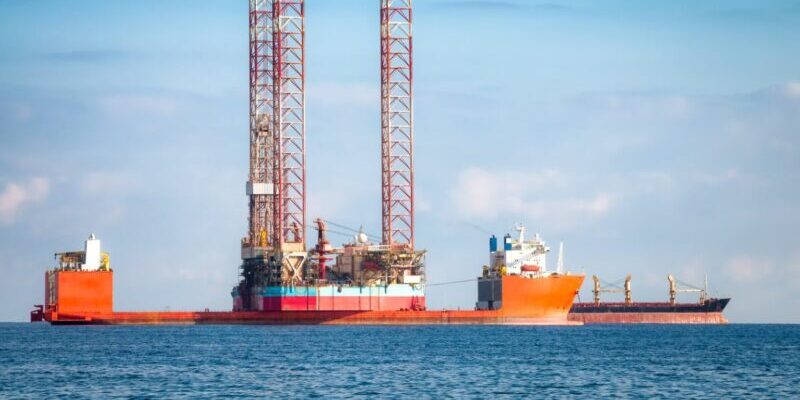Africa’s natural gas industry is set to see gradual year-on-year (YoY) growth in 2024, with Liquefied Natural Gas (LNG) flows alone expected to show 8% YoY growth.
According to a 2024 Outlook report released by the African Energy Chamber (AEC) – produced in partnership with global market intelligence firm Rystad Energy – given the continent’s strong trade ties with Europe, existing infrastructure and substantial natural gas potential, Africa has the potential to become a much more prominent global supplier, increasing output and capitalizing on high global demand.
One of the top highlights from the report show that on the supply side, the global gas market is estimated to see gradual YoY growth between 2023 and 2030.
During this period, supply is expected to hit 4,100 billion cubic meters (bcm), 4,250 bcm and 4,730 bcm, respectively, reflecting an average 2% YoY increase.
Despite this growth, output from producing fields is expected to fall from 90% in 2024 to 55% in 2030. At the same time, demand is anticipated to grow from 4,030 bcm in 2023 to just short of 4,500 bcm in 2030, resulting in an environment in which demand outweighs supply.
To close this gap, the report notes that currently under-developed projects and undeveloped discoveries will play a critical role.
Given this high-demand and under-supplied market, the report states that Africa is in a strong position to increase output, becoming the preferential supplier in the medium-term.
Initial forecasts in the AEC’s 2023 outlook showed marginal volumes coming online in the near-term, with overall output actually declining between 2022 and 2025.
However, estimates from the 2024 outlook pinpoint an increase in output by between 265 billion cubic meters (bcm) and 280 bcm by 2025.
In this scenario, North Africa is expected to drive the majority of the continent’s natural gas flows. While gas output is seen to remain steady until 2025, the second half of the decade will see production increase substantially as Mozambique enhances output and new gas projects kick off continent-wide.
On the LNG front, the report shows that global LNG export potential is expected to grow 7% during the period 2023-2030, with 8% growth projected for the end of the decade.
The U.S. and the Middle East represent the top LNG export regions during this period, with multiple developments having either taken or are expected to take a final investment decision soon.
Export growth for these regions is underpinned by the start of production at these projects, and as such, U.S. export volumes are projected to increase from 88 million tons per annum (mtpa) in 2023 to 115 mtpa in 2025 and 230 mtpa by 2030.
Similarly, Middle Eastern export volumes are poised to increase from 90 mtpa in 2023 to almost 160 mtpa by 2030.
Global LNG exports are poised to increase from 415 mtpa in 2023 to over 440 mtpa by 2025 – showing a 6% growth.
While on the demand side, an increase in global demand from 420 mtpa to 620 mtpa is projected for the period 2023-2030.
Meanwhile, the report shows that Africa is expected to see an increase in LNG exports during the second half of the coming decade, with Mozambique ramping up LNG output alongside Egypt, Equatorial Guinea, Senegal and Mauritania.
Nigeria and Algeria are anticipated to drive the majority of Africa’s export volumes, with an increase in near-term LNG flows apparent.
While the U.S. – having found takers in the European market – and the Middle East – through projects such as Qatar LNG – represent the top LNG exporters globally throughout the coming decade, Africa – with its substantial gas potential, historical trade relation and close proximity to high-demand European markets, and existing infrastructure, stands to play a much larger role in meeting the under-supplied market of the future.
![]()




